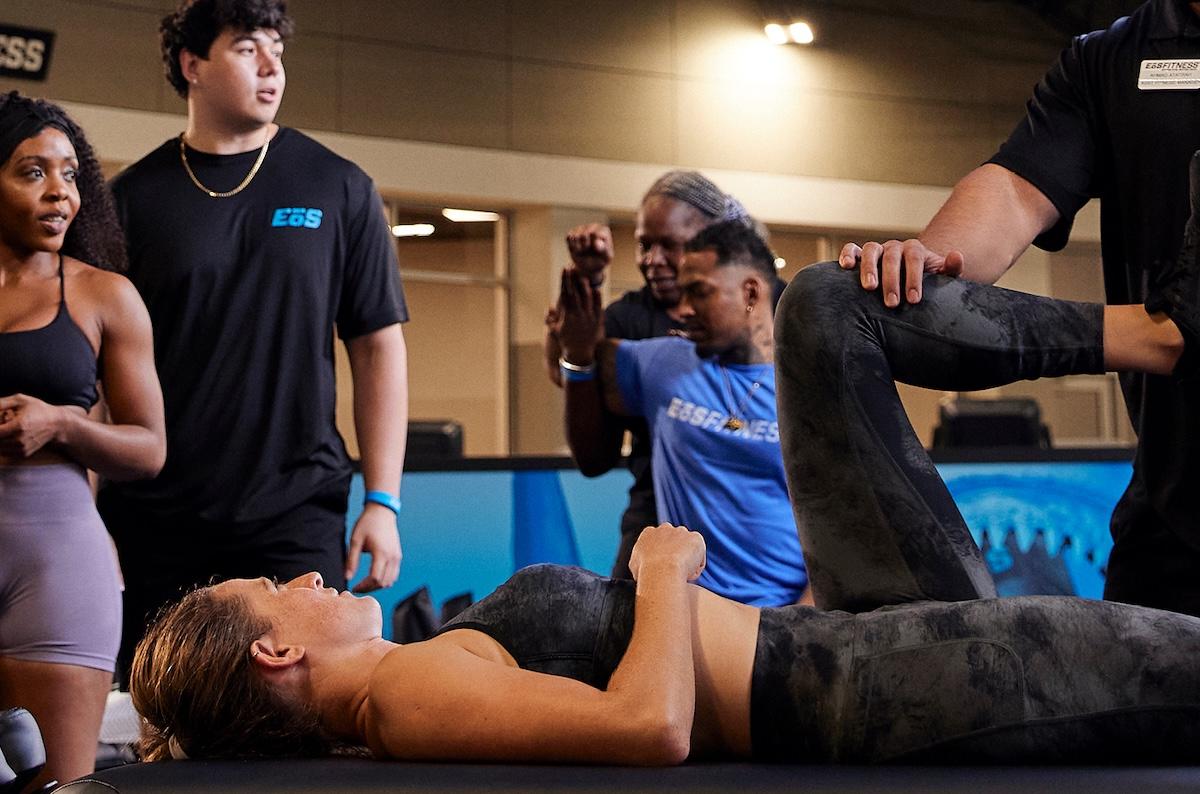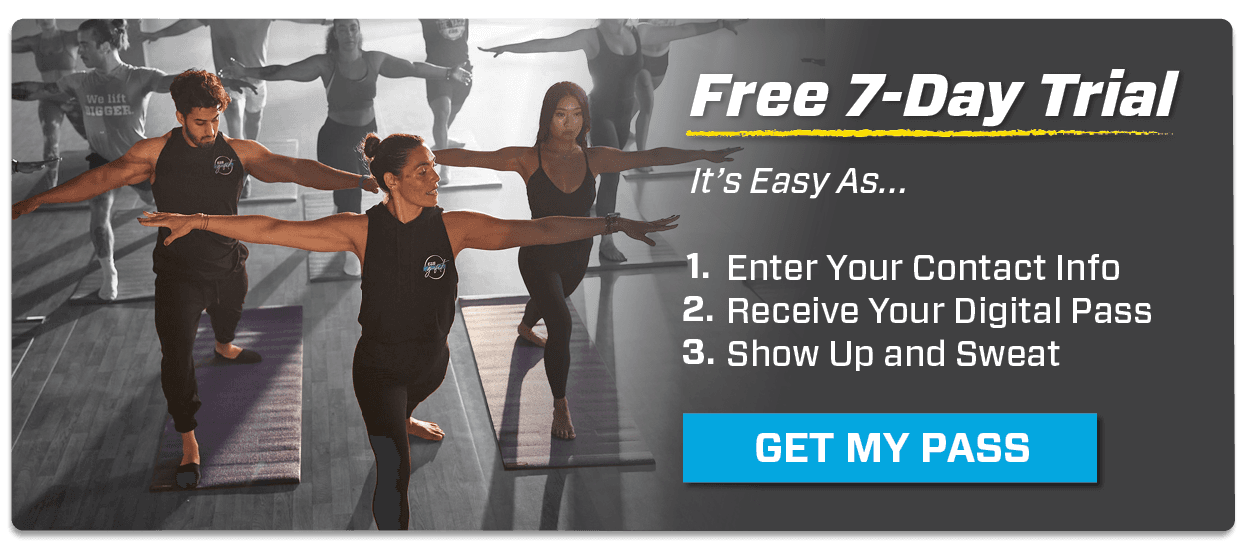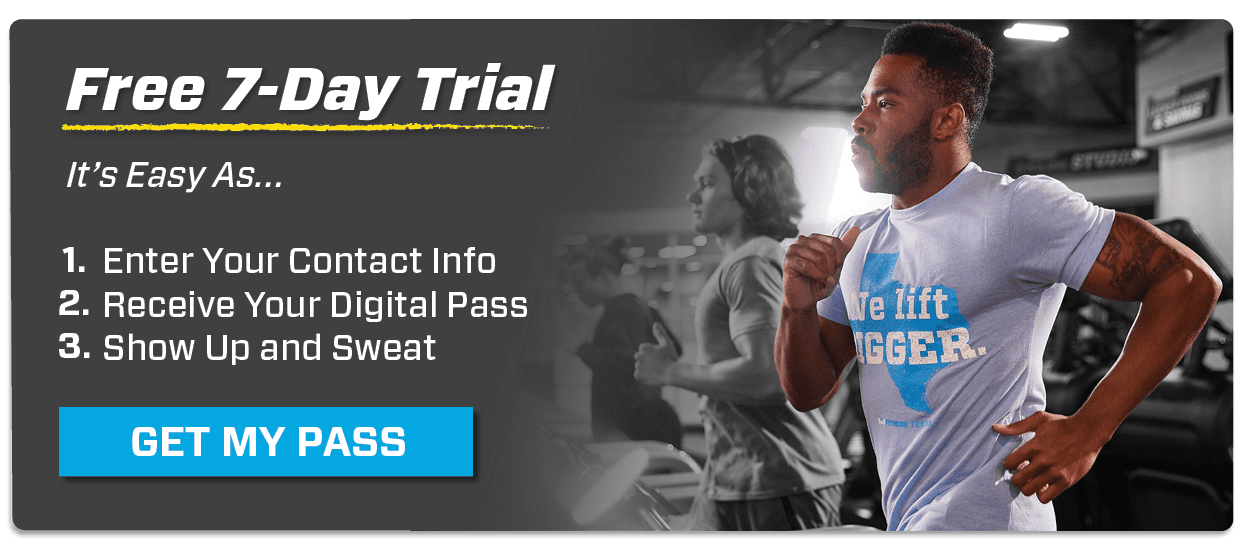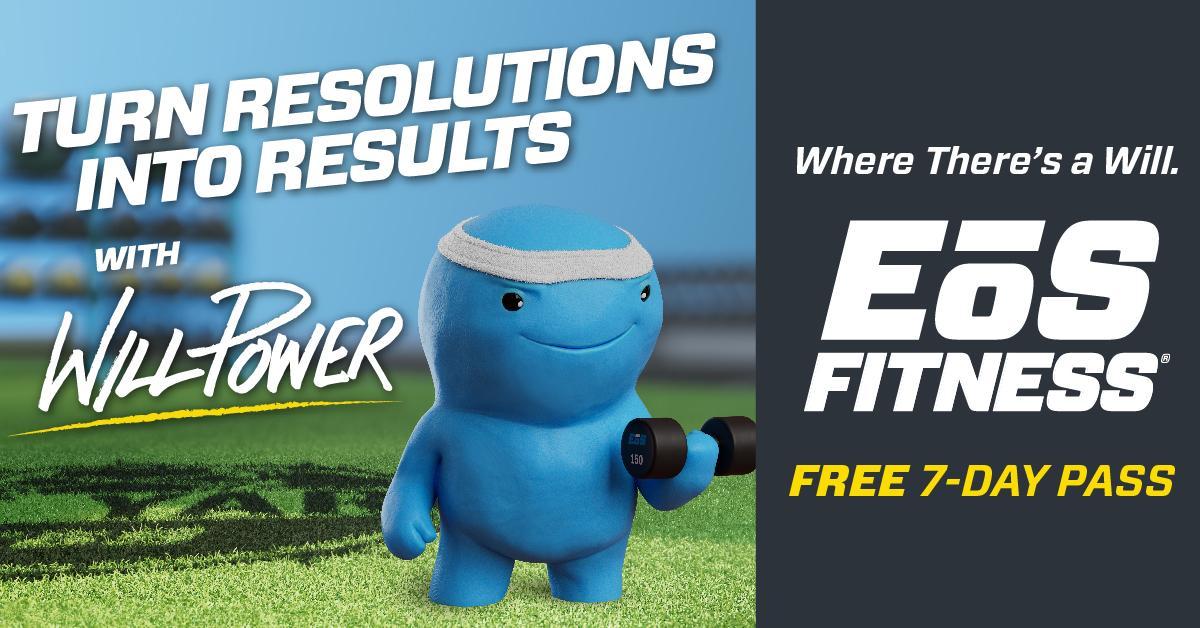WHAT IS ASSISTED STRETCHING & HOW DOES IT WORK?
Amenities
Oct 10, 2023 • 5min read
In the quest for improved flexibility, enhanced mobility and overall well-being, many individuals are turning to assisted stretching as a solution. Assisted stretching is a technique that has gained popularity in recent years, and for good reason. It offers a multitude of benefits, ranging from stress relief to enhanced athletic performance. In this article, we will delve into the world of assisted stretching techniques, their benefits, the science behind them and introduce you to the EōS Assisted Stretching Program.
WHAT IS ASSISTED STRETCHING?
Assisted stretching is a form of flexibility training in which a trained practitioner helps another person stretch their muscles and joints. Unlike traditional stretching exercises where you rely solely on your own efforts, assisted stretching involves the expertise of a professional who applies gentle pressure and guidance to facilitate a deeper and more effective stretch.
Imagine having a personal stretching coach who guides you through a series of stretches, providing just the right amount of support and resistance to optimize the stretch’s effectiveness. According to the Cleveland Clinic, assisted stretching helps to alleviate tension, reduce muscle soreness and improve flexibility.
WHO IS ASSISTED STRETCHING FOR?
Assisted stretching is not just for those in chronic pain, according to CNN. Assisted stretching is suitable for a diverse range of individuals, including athletes, fitness enthusiasts, desk workers, aging adults, rehabilitation patients, stress sufferers, fitness beginners, individuals with limited mobility and those interested in preventive health.
Whether you aim to improve athletic performance, alleviate discomfort or enhance overall well-being, assisted stretching can be tailored to your unique needs and goals. Consulting with a qualified professional is advisable to ensure the techniques are appropriate for your specific situation.
ASSISTED STRETCHING TECHNIQUES
Static Assisted Stretching
This technique involves holding a stretch at a specific position with the assistance of a partner. The partner helps maintain the stretch by applying gentle pressure or support, allowing the individual to relax into the stretch and gradually increase their range of motion.
Dynamic Assisted Stretching
In dynamic assisted stretching, the partner assists in moving the limbs through a controlled range of motion. This technique often mimics the movements of a particular sport or activity, helping to improve flexibility and functional mobility.
PNF (Proprioceptive Neuromuscular Facilitation) Stretching
PNF stretching combines the lengthening and contracting of muscles to improve flexibility. The partner helps by providing resistance as the individual contracts the targeted muscle group for a few seconds, followed by a deeper stretch during the relaxation phase.
Active Assisted Stretching
Active assisted stretch technique involves the individual actively engaging the targeted muscles while the partner provides assistance. This technique helps in strengthening the muscles while increasing their flexibility.
THE SCIENCE BEHIND ASSISTED STRETCHING
Assisted stretching is not just a collection of random movements; it’s backed by science. Here’s a glimpse into the physiological mechanisms that make it effective:
Muscle Lengthening
During assisted stretching, the muscle fibers elongate, promoting greater flexibility. This happens through a process called “stretch reflex adaptation,” where your muscles adapt to the increased length over time.
Myofascial Release:
Assisted stretching also affects the fascia, the connective tissue that surrounds muscles and organs. By applying gentle pressure and stretching, it can release tension in the fascia, promoting better overall mobility.
Neuromuscular Activation
Assisted stretching stimulates the neuromuscular system, encouraging a better mind-muscle connection. This enhanced connection can lead to improved muscle control and coordination.
Joint Lubrication
Mobilizing joints during assisted stretching helps in the production of synovial fluid, which lubricates the joints. This lubrication can reduce joint stiffness and improve overall joint health.
THE EōS ASSISTED STRETCHING PROGRAM
Membership Options
Members can choose any one of our membership options. Stretch members can receive an assisted stretch session 1x, 2x or 3x per week. Members can also choose between 25-minute or 50-minute Stretch Sessions.
Any active EōS Member can add-on assisted stretching to their membership.
What To Expect During A Session
Assisted stretching works by leveraging the principles of passive stretching, but with the added advantage of a knowledgeable and skilled practitioner. Here’s a breakdown of how it typically unfolds:
- Assessment: The first introductory Stretch Session often begins with an assessment to understand specific needs, areas of concern and any limitations you may have. Our experienced team of Myofascial Technicians (MyoTechs) will take you through 3-point mobility assessment to help understand potential causes of limitation, stiffness and pain.
- Warm-Up: Your MyoTech typically initiates the session with a warm-up to prepare the muscles for stretching. This can include gentle movements or light massage. Initially, your MyoTech will often use static stretching and gentle mobilizations.
- Progressive Stretches: The stretches typically progress gradually, ensuring that you remain comfortable and don’t experience excessive discomfort or pain. Your MyoTech will begin to use more advanced techniques of stretching such as PNF and dynamic homework stretches.
- Cool-Down: The session may conclude with a cool-down period, which can include gentle movements or more relaxed stretching to help the body transition out of the session smoothly.
How Often Should You Go?
We suggest that our members begin 2x/week for either 25- or 50-minute sessions. Members with limited mobility require more frequency and duration of assisted Stretch sessions, while those who are more highly trained and possess more mobility knowledge require less urgency.
The key to the success of assisted stretching lies in the practitioner’s ability to tailor the stretches to the individual’s unique requirements, ensuring that you are both safe and effective. At EōS, our team of highly experienced Myofascial Technicians all have significant experience working in the fitness industry or possess an educational background highlighted by a focus on rehabilitative and corrective exercise. Our team members undergo extensive training learning the fundamentals of assisted stretching, assessing mobility limitations and developing individualized mobility programs ranging from low to high-risk members.
If you would like to give assisted stretching a try, book your free Flexy Stretchy Sesh today! At this time, we are offering this exclusive service at select locations. We’re continuously working to expand our reach, stay tuned for upcoming availability at additional locations!







